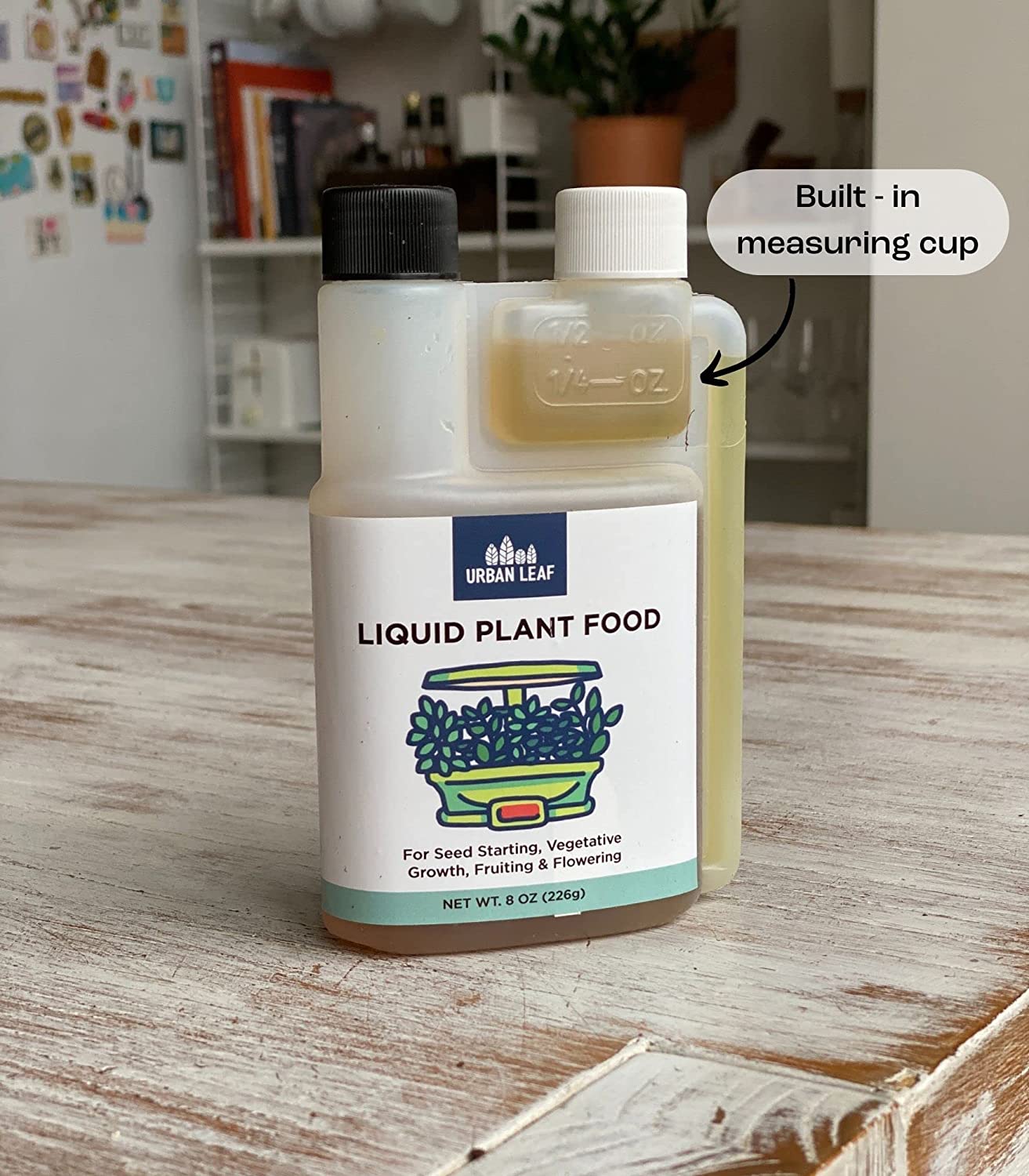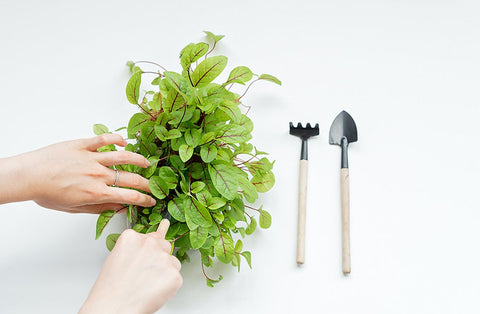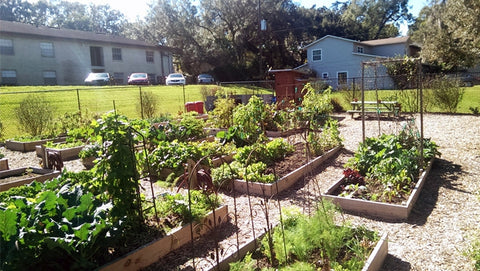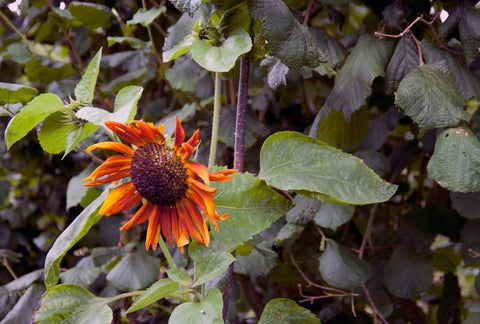Learning how and when to fertilize your indoor garden and potted plants can be a bit tricky as a beginner. Here are some basic common questions and guidelines to get you started!
How Do You Know When Your Plants Need Fertilizer?
It won’t always be totally obvious when your plant needs fertilizer. Often, too little light is the real culprit when your plant’s foliage color is fading or growth is stunted. If your plant stretches, gets "leggy," and becomes relatively pale in color, it needs more light. It's important to understand that you can't substitute fertilizer for light, so first, ensure that your plants are getting adequate light.
If your plants are getting plenty of light or are growing under grow lights, here is what to look for:
When a plant truly needs more nutrients, it may simply lack overall vigor. Growth may slow down, new leaves may emerge smaller and pale, or it may not bloom (or bloom well) or produce viable fruits.
Signs of Nutrient Deficiency
Once the nutrient deficiency is significant, here are some signs to look for:
- Nitrogen deficiency: Plants can become chlorotic with an overall yellow to white cast; lower leaves yellow first and begin to drop, and young leaves are smaller and pale.
- Iron deficiency: Yellowing between the veins, known as interveinal chlorosis, usually occurs on young leaves, particularly in acid-loving plants.
However, there are many other symptoms depending on the species and which nutrient the plant needs. It can be difficult to accurately diagnose specific nutrient deficiencies (or toxicities) as a home gardener, or differentiate them from light or watering issues. Therefore, your best strategy is to set up a proactive feeding schedule with a mild balanced fertilizer to prevent a hungry plant rather than trying to correct a severe deficiency or toxicity.
How Often Should I Fertilize My Plants?
For edible indoor herbs, veggies, and smaller potted plants, natural plant fertilizers that include liquid humus, composted manures, seaweed, etc., are good choices. You can find organic and hybrid natural plant fertilizers in both soluble liquid and dry forms. Strong synthetic fertilizers can “burn” your plants due to high nitrogen content if you are not careful, and the salts can build up to toxic levels in the potting media.

It’s tough to over-fertilize or burn your plants with low-nitrogen organic fertilizers, but still never apply more than is instructed on the label, especially when you’re growing in an aquaponic or hydroponic system or in containers.
- Herbs and Salad Greens: Plants you harvest from regularly, such as herbs and salad greens, can benefit from regular weekly applications of a mild fertilizer.
- Fruiting Plants: Fruiting plants in containers, such as tomatoes or strawberries, typically thrive with fertilizer applications every two weeks. Steer clear of high-nitrogen fertilizers on your fruiting plants as they can cause too much leafy growth versus flowers and fruits.

- Houseplants: Most foliage houseplants aren’t heavy feeders, so you can usually keep them happy with a monthly fertilizer application throughout the year as long as light levels remain constant. If your houseplants receive significantly less light in fall and winter, cut back on fertilizer until spring.
Learn more about plant nutrients and if you can use kitchen scraps as natural fertilizer.









There are no comments for this article. Be the first one to leave a message!